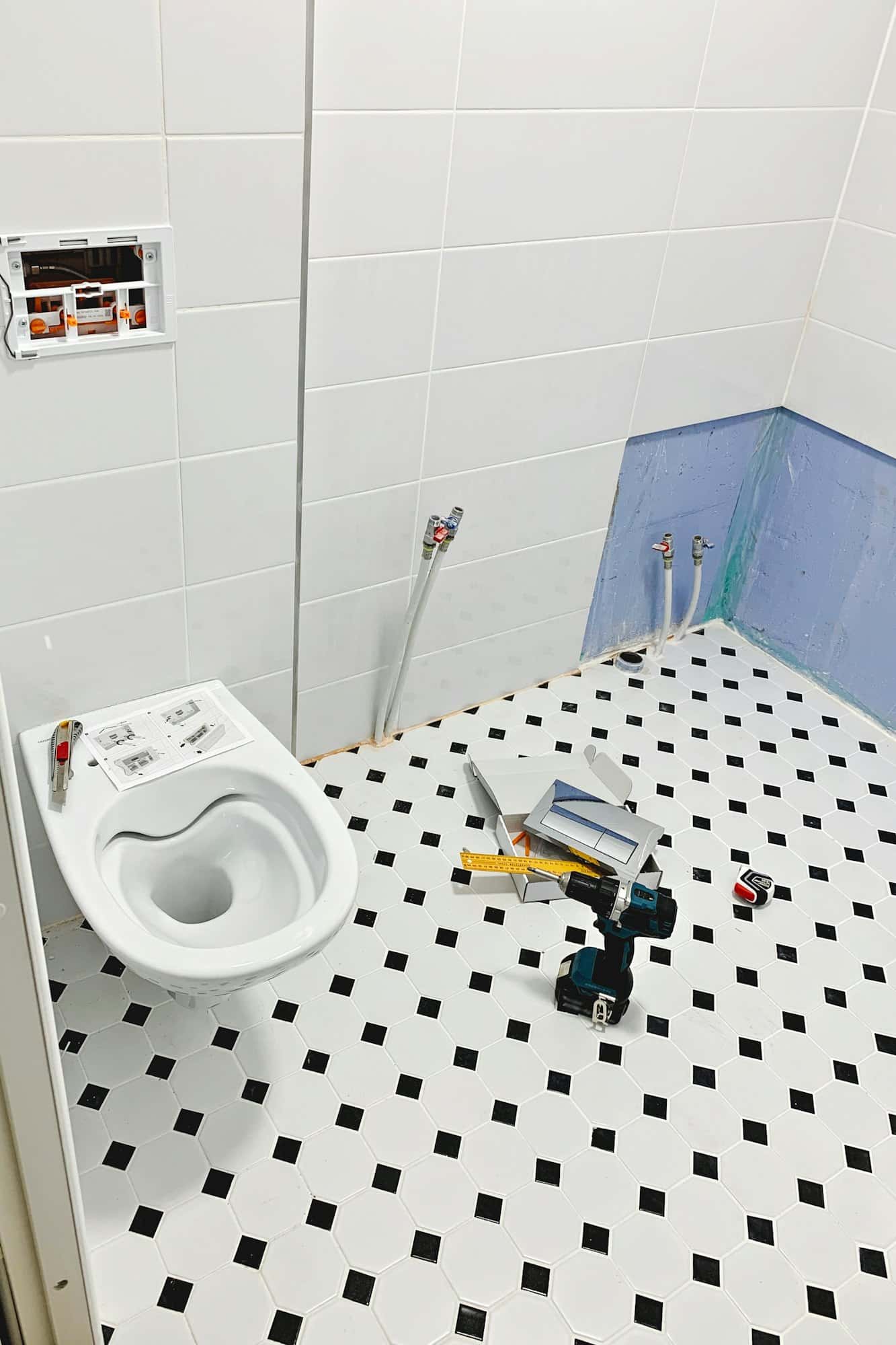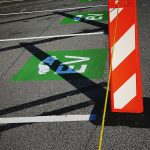Understanding the process of safely installing a tow bar on a mid-sized family car is crucial if you plan on hauling trailers, bicycles or other heavy loads. This article aims to equip you with the necessary knowledge and guidelines to ensure you can install a tow bar safely and efficiently, reducing the risk of accidents or damage to your vehicle.
Choosing the Right Tow Bar for Your Vehicle
The first step in the process of installing a tow bar on your car is choosing one that is compatible with your vehicle. This means identifying a tow bar that fits your car’s towing capacity and the weight of the load you intend to pull.
Also to read : How can you ensure that your vehicle’s safety systems are compatible with child safety seats?
Start by checking your car owner’s manual for the maximum towing weight to ensure the tow bar you choose can handle the load. The tow bar should also comply with local regulations and standards. Familiarize yourself with different types of tow bars on the market – fixed tow bars and detachable tow bars – each with their pros and cons. Consider your needs and preferences, as well as the frequency of use, to make an informed choice.
Preparing Your Vehicle for Installation
Once you’ve chosen the right tow bar, it’s time to prepare your vehicle for installation. This includes gathering the necessary tools and setting up a safe workspace.
Topic to read : How does the load capacity of a vehicle affect its braking efficiency on downhill UK roads?
You will need a socket set, wrenches, a drill (if your car isn’t pre-drilled), and safety equipment like gloves and protective glasses. Find a flat, stable surface to work on and park your car securely. Be sure the car is in park or gear and the handbrake is engaged. Safety should always be your primary concern, hence, ensure no children or pets are around while you work.
Installing the Tow Bar
Now, let’s dive into the actual installation of the tow bar. Some vehicles come with pre-drilled holes for tow bar installation. If your car does not have these holes, you’ll need to drill them following the manufacturer’s instructions.
Position the tow bar on the chassis and align the holes on the tow bar with the holes on the chassis. Insert the bolts and secure them tightly using your wrench. Check and double-check all the bolts are correctly tightened. This is crucial for your safety and the safety of others on the road.
Connecting the Wiring
After the tow bar is securely attached to your vehicle, the next step is connecting the wiring. This is essential for the proper functioning of the lights on your trailer.
You’ll need a wiring kit suitable for your vehicle model. The colour codes for the wires are usually standard, but it’s essential to check the instructions before starting. Connect each wire to its corresponding colour on the car, ensuring a secure connection. Once the wiring is complete, be sure to check if the lights on the trailer are working correctly.
Regular Maintenance and Safety Checks
Installing a tow bar is not a one-time task. Regular maintenance and safety checks are crucial to ensure the tow bar remains safe and functional.
Inspect the tow bar regularly for rust, cracks, or loose bolts and fix any issues immediately. Check the wiring system to make sure the lights on the trailer are working. Also, be mindful of the weight limit each time you use the tow bar, not exceeding the maximum capacity recommended by the manufacturer.
Remember, the safety of you, your family, and other road users is paramount. So, responsibly maintaining the tow bar is as important as its safe installation.
While this process may appear daunting, it’s not insurmountable. You can safely install a tow bar on your mid-sized family car with the right tools and a clear understanding of the procedure. Emphasizing safety at every step is the key to successfully installing and using a tow bar. Install with care and happy towing!
Troubleshooting Common Issues
Even after meticulous installation, you might encounter a few hiccups when using your tow bar. It’s helpful to be aware of common problems and how to troubleshoot them.
One common issue involves the hitch ball and coupler mismatching. This can cause your trailer to disconnect from your vehicle while driving – a dangerous situation. Ensure that the hitch ball and coupler match perfectly before setting off on your journey.
Another common problem is poor wiring. If your trailer’s lights are not working, it’s likely due to a bad connection. Checking and fixing the wiring should resolve this problem.
If you’re experiencing swaying or instability while towing, it may be due to improper weight distribution. Ensure the load on your trailer is balanced, with about 60% of the weight towards the front and 40% towards the back.
Remember, encountering problems doesn’t mean your tow bar is faulty or incorrectly installed. Most issues can be resolved by troubleshooting, and you’ll become more adept at it with practice.
In Conclusion
Safely installing a tow bar on a mid-sized family car requires careful attention to several details. From choosing the right tow bar to regular maintenance and troubleshooting, each step is critical to ensuring the safety of everyone involved.
Even though the process might seem complicated initially, it becomes much more manageable once you understand the basics. The key is to prioritize safety at all times – both during the installation and when using the tow bar.
Installing a tow bar not only adds functionality to your vehicle but also opens up a world of possibilities for outdoor adventures with your family. So, don’t let the process intimidate you. With the right tools and this comprehensive guide to assist you, you’ll be well on your way to mastering the art of tow bar installation. Happy and safe towing!











